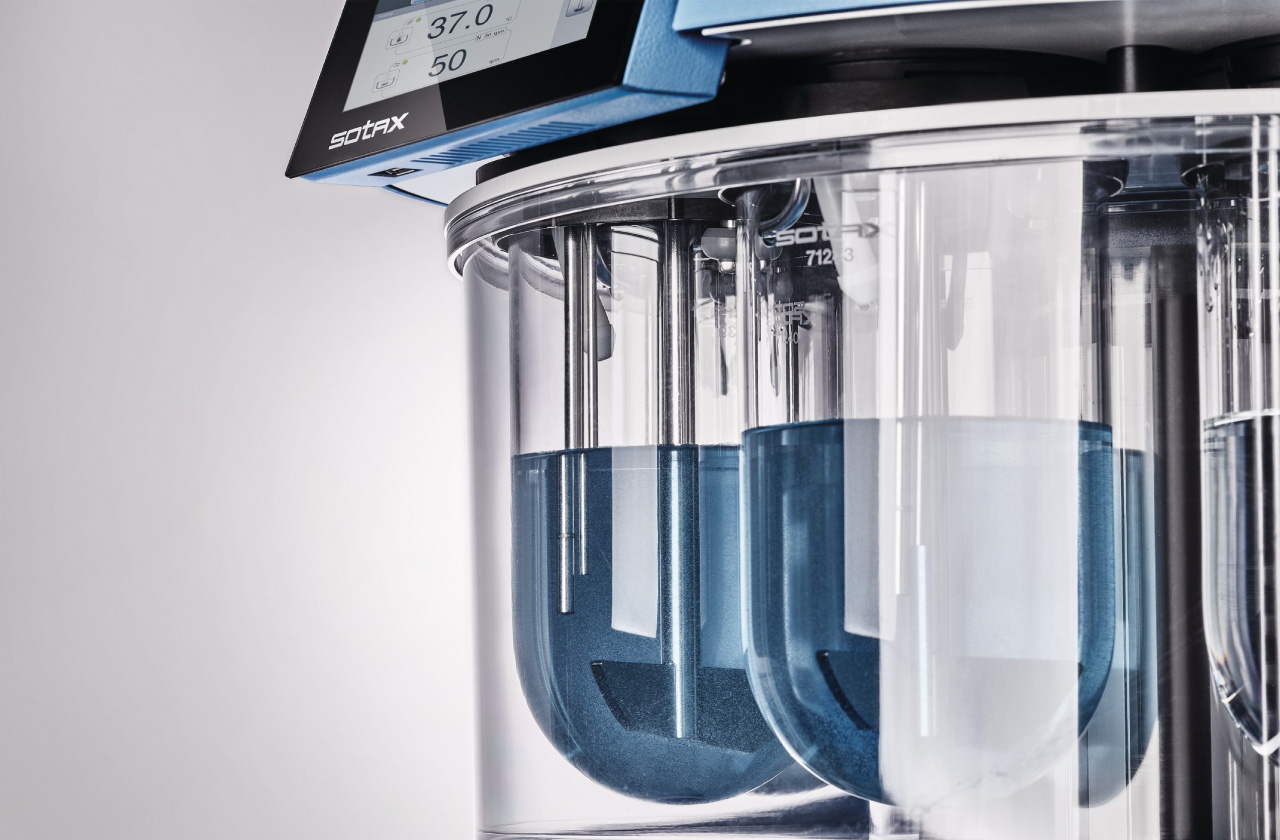News
03 July 2025
Sampling and Its Influence on Dissolution Hydrodynamics: Choosing the Right Strategy for Your Dosage Form
The hydrodynamics within a dissolution vessel aren’t just theoretical—they may directly affect your drug’s release rate, dissolution profile, and overall method robustness.
At SOTAX, we offer three common sampling methods used with USP Apparatus 1 and 2:
- Resident Probes (stationary throughout the test)
- AutoLift Cannulas (inserted only at sampling time)
- HollowShaft™ Sampling (integrated through the drive shaft for minimal turbulence)
Each method affects hydrodynamics differently, with resident probes causing the greatest disruption and HollowShaft delivering nearly perturbance-free sampling. However, the best method isn’t always the least intrusive—it depends on your drug’s formulation and desired performance criteria.
That’s why Xtend™ from SOTAX stands out. It’s the only system offering complete flexibility to switch between sampling methods, automate tests, and optimize setups across compendial apparatus types (USP 1/2/5/6). Whether you’re developing a new method or refining legacy products, Xtend™ adapts to your needs—not the other way around.
Need help deciding?
Our Pharma Services team can advise on the optimal setup for your specific dosage form—including method development, validation support, and risk assessments.
Dive into the data: Read the full application note on sampling and hydrodynamics.
